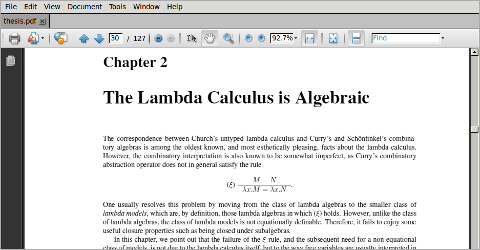Periodic Table of the Elements - Oxidation Numbers.
Types of chemical reactions. Introduction to redox reactions. Oxidation number. This is the currently selected item. Oxidation-reduction (redox) reactions. Dissolution and precipitation. Precipitation reactions. Double replacement reactions.
Oxidation is found by putting the unknown oxidation number as x and all other values of oxidation number are added, and are put equal to the total charge on the species. Any constiuents ion's.

The oxidation number refers to the electrical charge of an atom. Typically, this relates to the number of electrons that must be gained (negative oxidation number) or lost (positive oxidation number) for the atom's valence electron shell to be filled or half-filled. However, most metals are capable of multiple oxidation states.

Chemistry help! (Urgent) Oxidation numbers and redox. You get these gems as you gain rep from other members for making good contributions and giving helpful advice.

Write the formula for the reaction. Each substance in the reaction will have an oxidation number equal to the charge of the substance. Atoms in elemental form have an oxidation number of zero. For example, the oxidation number for a sulfur atom in the elemental state is zero. The sum of the oxidation numbers for sodium chloride (NaCl) is also zero.

Oxidation Numbers, Redox and Half Equations Chemical reactions are primarily the transfer of electrons. To understand the nature of this transfer and to identify the number of electrons taking part in this rearrangement, we need to understand the concept of oxidation states (number).

The oxidation number is synonymous with the oxidation state. Determining oxidation numbers from the Lewis structure (Figure 1a) is even easier than deducing it from the molecular formula (Figure 1b). The oxidation number of each atom can be calculated by subtracting the sum of lone pairs and electrons it gains from bonds from the number of valence electrons.

Oxidation Numbers. An oxidation number is a positive or negative number that is assigned to an atom to indicate its degree of oxidation or reduction.The term oxidation state is often used interchangeably with oxidation number. A partial electron transfer is a shift in the electron density near an atom as a result of a change in the other atoms to which it is covalently bonded.

Further static oxidation states are located on the periodic table by group number. Multiply the static oxidation states by the number of atoms found within the compound. For example, Na2SO4 has two sodium (Na) atoms with an oxidation charge of plus 1 each and an overall oxidation value of plus 2.
How is oxidation number used in writing chemical formula ? In a chemical compound, the sum of the oxidation numbers of the atoms always balances out to zero. In a polyatomic ion the sum of the.

Answer to: Write the oxidation number for the elements underlined in the following chemicals. Circle the more oxidized species. 1. ClO21- arrow.

Write the oxidation and reduction half-reactions for the species that is reduced or oxidized. Multiply the half-reactions by the appropriate number so that they have equal numbers of electrons. Add the two equations to cancel out the electrons. The equation should be balanced.

Oxidation Number: The number that is assigned to an element to indicate the loss or gain of electrons by an atom of that element is called as the oxidation number. They are positive and negative numbers used for balancing the redox reaction. The oxidation number of diatomic and uncombined elements is zero.



